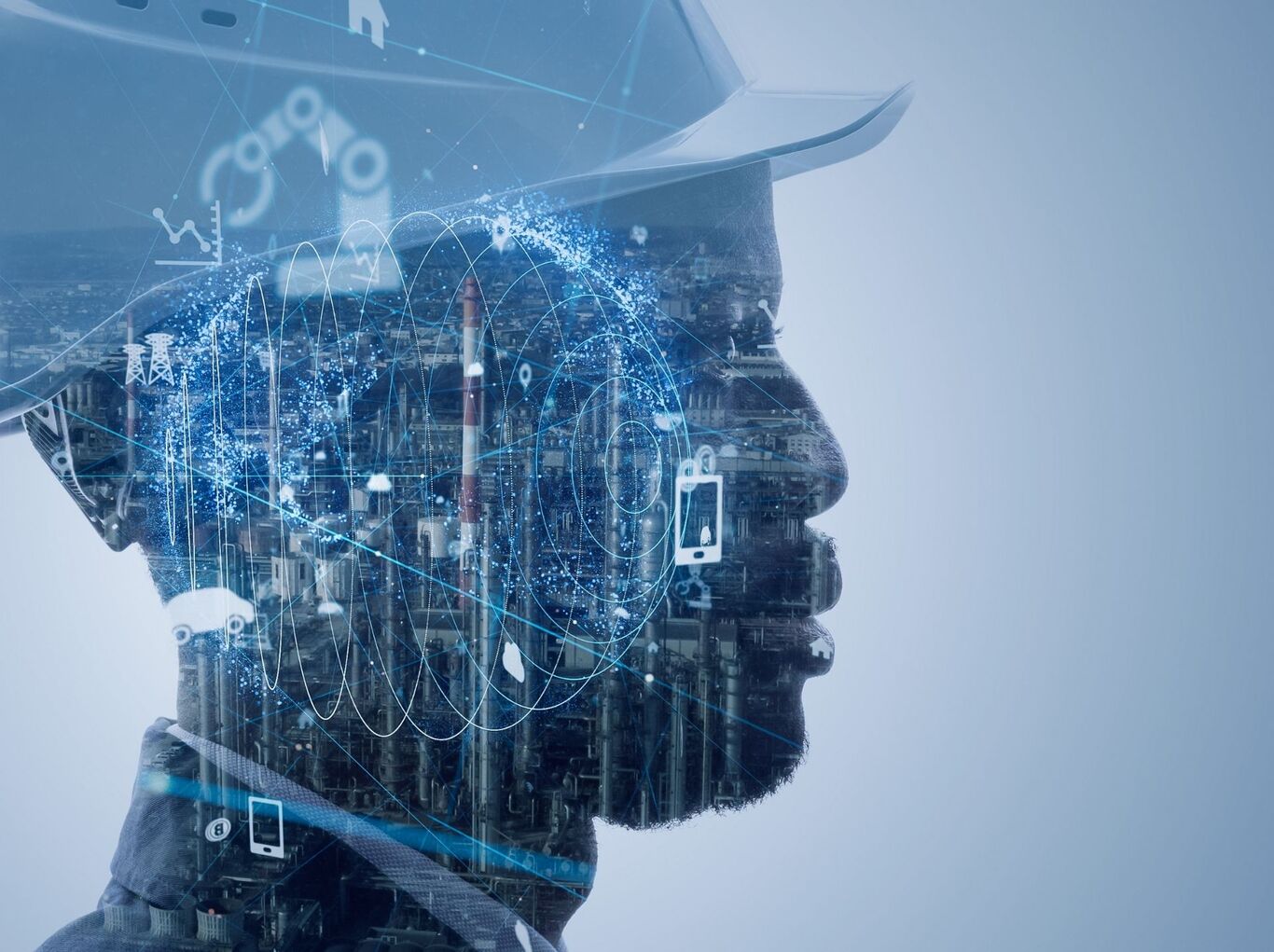Why Dealers Struggle with Visibility

In an age where 90% of automotive buyers begin their journey online, visibility has become the single most valuable currency for dealers. Customers no longer walk into showrooms just because they see a billboard. Instead, they search for “best EV scooter under ₹1 lakh,” compare financing options on apps, watch influencer reviews, and expect real-time WhatsApp responses.
Yet, across both traditional and EV segments, dealerships remain the weakest digital node in the value chain. While OEMs invest heavily in national campaigns, digital-first mobility platforms, and AI-driven customer engagement, dealers are often invisible where it matters most: online discovery, customer engagement, and lead conversion.
The result? Lost revenue, poor customer experience, and missed EV adoption opportunities particularly in India’s rapidly evolving two-wheeler market.
At GrowthJockey, we work with OEMs and dealer networks to bridge this gap. In this article, we unpack why dealers struggle with visibility, what it costs them, and how they can build a stronger digital presence to match customer expectations.
The Shifting Customer Journey
To understand the visibility problem, let’s start with how automotive buying has changed.
-
Digital-first exploration: According to PwC[1], by 2030, 55% of new car sales in Europe will be fully electrified. Buyers making these big shifts spend months researching online. In India, the average EV two-wheeler buyer compares 5–7 brands online before a test ride.
-
Experience-driven purchase: McKinsey found that 70% of prospective EV buyers never make it to a test ride stage. That’s where visibility failures cost the most — if a dealer cannot surface test ride slots or doorstep demo options online, the buyer drops off.
-
Influence of social proof: Customers trust reviews, ratings, and influencer content. Dealers that lack presence on Google Maps, JustDial, or social platforms lose credibility, even before a buyer considers stepping in.
-
Seamless service expectation: Today’s buyer expects everything to be “one click away”: financing pre-approval, insurance add-ons, accessories, and aftersales support. Visibility is not just about being found — it’s about being instantly actionable.
This new buyer journey requires dealers to be visible across multiple touchpoints — search engines, maps, social media, OEM platforms, and direct messaging channels. Unfortunately, many dealers aren’t.
Why Dealers Struggle with Visibility
1. Fragmented Digital Presence
Dealers often run outdated websites that don’t rank on Google, lack mobile optimization, and fail to capture leads effectively. Local SEO (appearing for “EV test ride near me”) is rarely implemented. As a result, even when customers search with intent, they find aggregators or competitors, not the actual dealer.
👉 Example: In India, over 60% of EV buyers search via Google Maps before visiting a showroom .Yet many dealers don’t even manage their listings or update opening hours.
2. Weak Data & CRM Infrastructure
Visibility isn’t just external it’s also about how a dealer manages internal data. Without a unified CRM, leads from OEM campaigns, WhatsApp inquiries, and walk-ins remain siloed. McKinsey estimates that AI-powered data integration can reduce forecasting errors by 30–50% and improve sales follow-ups. Dealers who lack such infrastructure effectively become invisible to buyers who have already shown intent.
3. Overdependence on Walk-ins
The “showroom-first” mindset worked in the 1990s when location was everything. But in 2025, location is secondary to digital discoverability. A dealer on the busiest street in Bengaluru still loses out if they don’t appear in a “best EV scooter under 1 lakh near me” search. Overreliance on physical visibility is one of the biggest traps.
4. OEM–Dealer Disconnect
OEMs spend millions on national campaigns but rely on dealers for the last mile. The problem? Campaign traffic rarely translates into booked test rides because dealers don’t have digitized funnels. Without seamless integration, dealers struggle to convert OEM’s macro-visibility into micro-sales opportunities.
5. Competition from Digital-First Players
Marketplaces, financing apps, and direct-to-consumer OEM channels are optimized for discovery. Dealers compete against these platforms but lack the marketing budgets or technical know-how to match them. As PwC notes, mobility is shifting from product ownership to user-centric services, meaning whoever controls the digital user interface, controls the sale.
The Real Cost of Low Visibility
1. Missed EV Adoption Opportunities
India has a target of 80% electrification of two-wheeler sales by 2030. Dealers are critical to achieving this. But with 70% of leads dropping before test rides, dealers are bottlenecking growth.
2. Revenue Leakage Across Profit Pools
Financing, insurance, accessories, and aftersales contribute significantly to dealer profitability. Poor visibility means buyers go to third-party platforms for these services, eroding dealer margins.
3. Customer Trust Erosion
In a world where buyers check online reviews before choosing even a restaurant, a dealer without digital presence instantly loses trust. Visibility is reputation.
4. Losing Younger Buyers
Gen Z and Millennials expect seamless digital engagement. They won’t wait for callbacks or manually compare loan offers at showrooms. Dealers risk becoming irrelevant for the very segment driving EV adoption.
Breaking the Visibility Trap: What Dealers Can Do
1. Strengthen Local SEO
Dealers must optimize Google My Business listings, collect customer reviews, and ensure they rank for local EV related searches. Example: “Electric scooter test ride in Pune” should directly point to the dealer’s booking page.
2. Build a Unified CRM
A central CRM that integrates OEM leads, WhatsApp queries, and showroom walk-ins ensures no lead leakage. Data-driven nudges like automated follow-ups, finance calculators, and test ride reminders can double conversion rates.
3. Embrace Omnichannel Engagement
Dealers should use WhatsApp, Instagram, and localized microsites for instant engagement. Imagine a customer seeing an Instagram ad, clicking through to book a test ride, and receiving a WhatsApp reminder all managed by the dealer’s system.
4. Deploy AI-Driven Personalization
AI can predict buyer intent. For example, if a customer downloads an EV brochure, the system can trigger a doorstep test ride offer. If financing is a barrier, the system can instantly show EMI options.
5. Integrate OEM Campaigns with Dealer Systems
GrowthJockey specializes in OEM–dealer funnel integration. We ensure that every rupee spent on national campaigns drives measurable dealer-level outcomes from test rides to financing conversions.
The GrowthJockey Advantage
At GrowthJockey, we enable dealer network digitization by:
-
Building dealer-first CRM and analytics platforms.
-
Creating omnichannel engagement through WhatsApp, email, and social integrations.
-
Deploying AI models that predict buyer drop-off points and suggest next best actions.
-
Integrating OEM national campaigns directly into dealer funnels.
This ensures that dealers are not just visible but also competitive against marketplaces and digital-first rivals.
Explore our dealer solutions here: GrowthJockey Dealer Network Digitization
FAQs
1. Why do dealers struggle with digital visibility?
Because most still rely on physical visibility and walk-ins, while buyers now begin and end their journey online.
2. How does poor visibility hurt EV adoption?
EV adoption depends on experience. If buyers can’t find test ride options online, they never transition from curiosity to purchase.
3. What’s the role of AI in dealer visibility?
AI helps personalize buyer journeys, predict drop-offs, and optimize visibility across search, social, and messaging platforms.
4. Can small-town dealers also benefit from digitization?
Absolutely. Local SEO and WhatsApp campaigns allow even small-town dealers to outperform bigger rivals in their catchment area.
5. How does GrowthJockey help solve this?
By providing data platforms, CRM, omnichannel engagement, and OEM integration ensuring dealers aren’t just visible, but conversion-ready.








